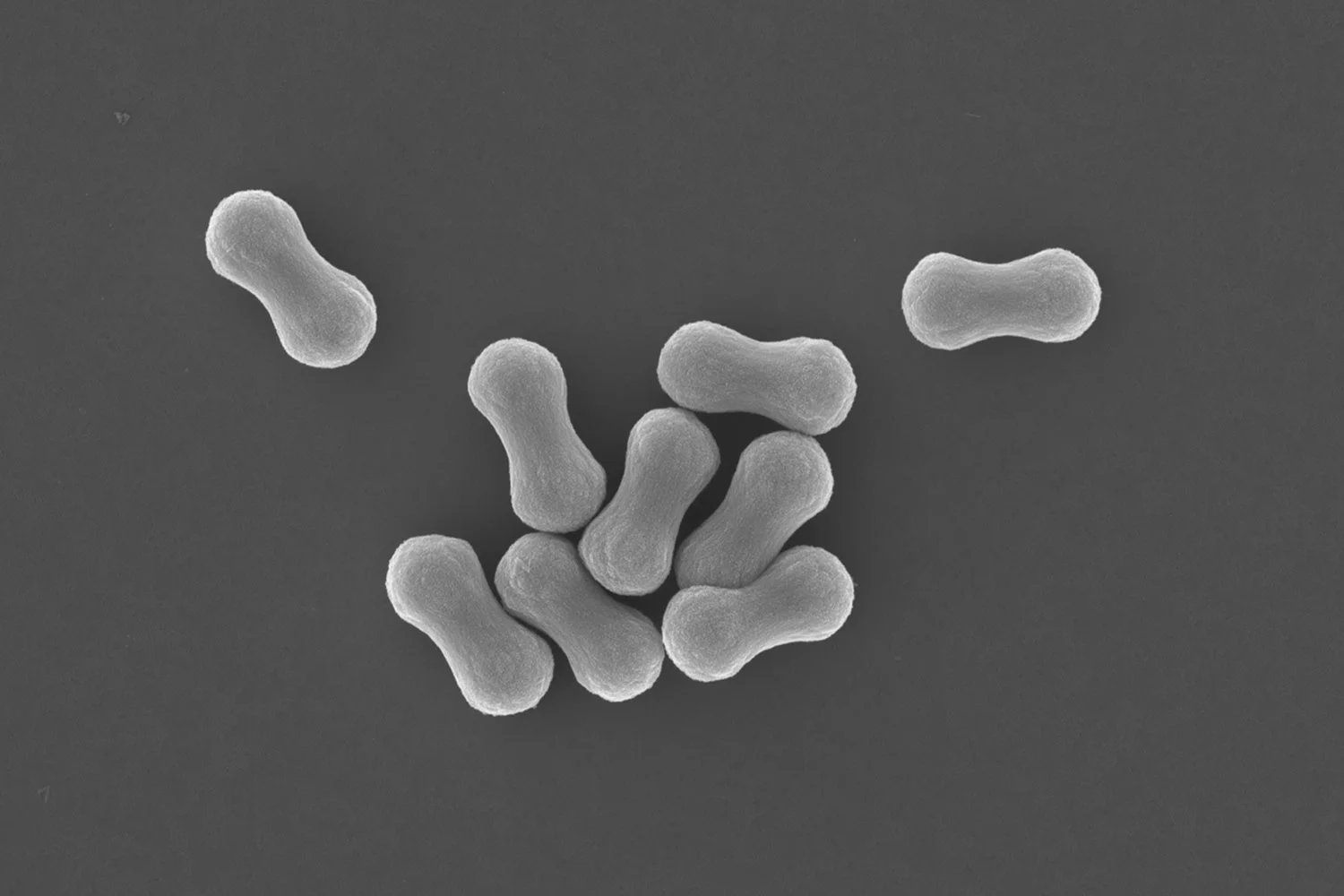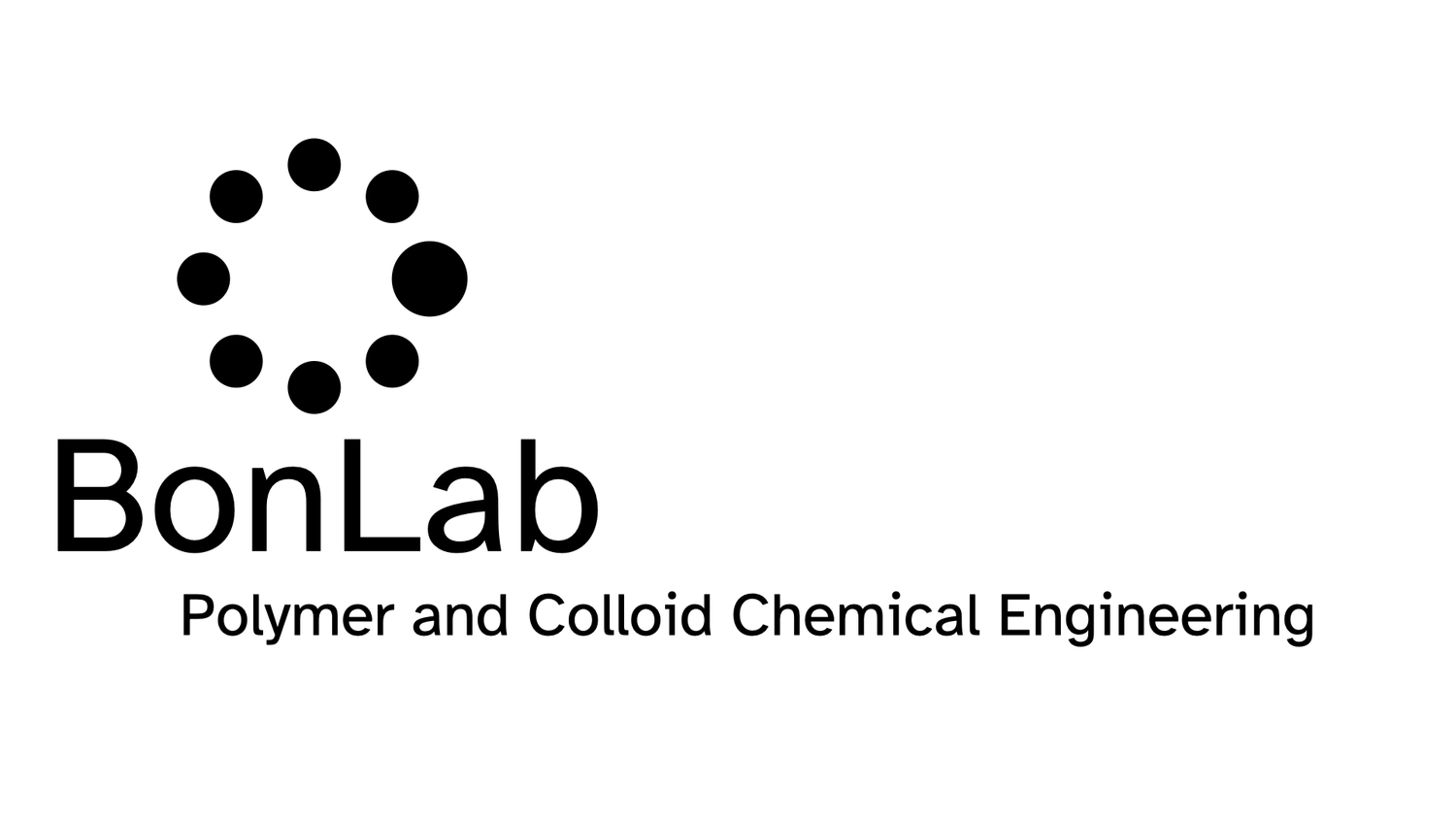
BONLAB BLOG
Thoughts
&
Scientific Fiction
Join us as a EUTOPIA Co-tutelle PhD researcher in Autumn 2024
We are now looking for a EUTOPIA co-tutelle PhD researcher to join us in the Autumn of 2024 and develop together with us an exciting joint research program together with the Vrije Universiteit Brussel (VUB).
The EUTOPIA European University alliance brings ten European universities aiming to become by 2025 an open, multicultural, confederated operation of connected campuses. In June 2019, the "EUTOPIA-2050" programme was chosen as one of the initial 17 winning projects of the new European Universities Initiative competitive call launched by the European Commission to build a European Higher Education Area.
Together with 9 other universities, Warwick University forms this alliance.
We are now looking for a EUTOPIA co-tutelle PhD researcher to join us in the Autumn of 2024 and develop with us an exciting joint research program together with the Vrije Universiteit Brussel (VUB).
This EUTOPIA collaboration brings together two internationally renowned research teams, BonLab from prof. dr. ir. Stefan Bon at Warwick University (UK) and the team of prof. dr. ir. Gert Desmet at VUB (Belgium). They have an underlying shared and solid foundation in chemical engineering, but with distinct different scientific areas of expertise.
This specific PhD project will provide a synergistic step-change in developing stationary phases for device-based separation science. The overall aim is to fabricate next-generation supracolloidal liquid chromatography devices with a stationary phase of colloidal objects of bespoke shape, morphology, chemical characteristics, and physical properties, with control of their spatial arrangement within the device. Application areas will include the analysis of soil and aqueous natural environments.
Please contact prof. dr. ir. Stefan Bon directly if you are interested by email (s.bon@warwick.ac.uk), with your CV, academic transcript and motivation letter.
Application deadlines is strictly 20 May 2024. It is adviced to contact us well before that date as we have to submit the EUTOPIA application on your behalf.
Stefan Bon helps out with the "I am a scientist get me out of here" initiative
I’m a Scientist is an online, student-led science engagement activity where school students connect with working scientists. Prof. dr. ir. Stefan Bon says: “This initiative is fantastic. It is great to contribute and talk to various young people about science. I always look forward to the online chats as people come with great questions and have a lot of enthusiasm”.
BonLab designs a stick-on-demand adhesive for linerless labels
Labels are big business. A typical label has multiple layers: a topcoat for protection, the face stock, which contains the message in the form of text and/or images, a pressure-sensitive adhesive, and a release liner, which often has a release coating. The release liner and coating are only there to protect the label from sticking to things you do not wish it would stick to. You remove the liner when you wish to apply the label onto your substrate of choice, for example, a bottle containing a drink.
Imagine a label without a release liner and coating, imagine a label that could be activated at the moment you want it to stick to a substrate, a stick-on-demand linerless label.
BonLab has designed and developed a concept and prototype for a sustainable solution: a mesh reinforced pressure-sensitive adhesive for linerless label design.
Labels are big business. A typical label has multiple layers: a topcoat for protection, the face stock, which contains the message in the form of text and/or images, a pressure-sensitive adhesive, and a release liner, which often has a release coating. The release liner and coating are only there to protect the label from sticking to things you do not wish it would stick to. You remove the liner when you wish to apply the label onto your substrate of choice, for example, a bottle containing a drink.
Imagine a label without a release liner and coating, imagine a label that could be activated at the moment you want it to stick to a substrate, a stick-on-demand linerless label.
BonLab has designed and developed a concept and prototype for a sustainable solution: a mesh reinforced pressure-sensitive adhesive for linerless label design. The idea was worked out by Emily Brogden and prof. dr. ir. Stefan Bon, in collaboration with UPM Raflatac Oy, a global supplier of label materials for branding and promotion, information and functional labelling (patent application: WO2023105120A1). The complete study, which was done at the University of Warwick, is now published in the new journal RSC Applied Polymers.
A water-based pressure sensitive adhesive (PSA) is contained in a hard 3D mesh structure. This replaces the standard PSA layer of a label. It provides structural support upon storage and prevents the adhesive layer from sticking. In adhesive jargon: it shows excellent blocking resistance.
Upon short heat treatment, for example, upon contact with a hot sterilized glass bottle, the mesh will soften, allowing for adhesion to occur.
The 3D mesh structure was generated using a binary mixture of water-based polymer dispersions. One component is a standard PSA latex, and the other is a polystyrene polymer colloid. Film formation of the blend followed by a short annealing time led to the desired phase-separated mesh structure, as displayed in the figure below.
Visualization of the mesh structure in an acetone etched PVAc-PS model film (Film 1) a-c. a) SEM image of the top surface, b) a tilt adjusted image of the cross section after cutting away a section using FIB SEM with a film height of approximately 20 𝜇𝑚, and c) micro-CT 3D reconstruction of the etched film. Visualization of a similar mesh structure in a PSA-PS film (Film 2) d-f. d) SEM image of the top surface of Film 2, annealed for 60 𝑚𝑖𝑛 e) SEM image of the top surface (prepared similiarly to Film 2 but with only a 19 𝑚𝑖𝑛 annealing time) with a clean crack after freezing in liquid nitrogen and f) a cross section of Film 2, where the PS is tagged with hostasol methacrylate (green), taken using confocal microscopy (the original top surface of the cast film is at the top of the image).
Prof. dr. ir. Stefan Bon says: “I am immensely proud of the hard work done by all people involved to get the idea from a sketch on a piece of paper to a working prototype. A big thank you to PhD researcher Emily Brodgen, the paper's first author, who has been the driving force behind turning a concept into reality and has worked tremendously hard on the project for the last couple of years. The work has received excellent feedback from the academic and industrial scientific communities, with Emily winning multiple prizes for best talk and scientific poster.”
The paper can be accessed from the RSC Applied Polymers website:
https://doi.org/10.1039/D3LP00224A
A promotional video will be made available soon.




